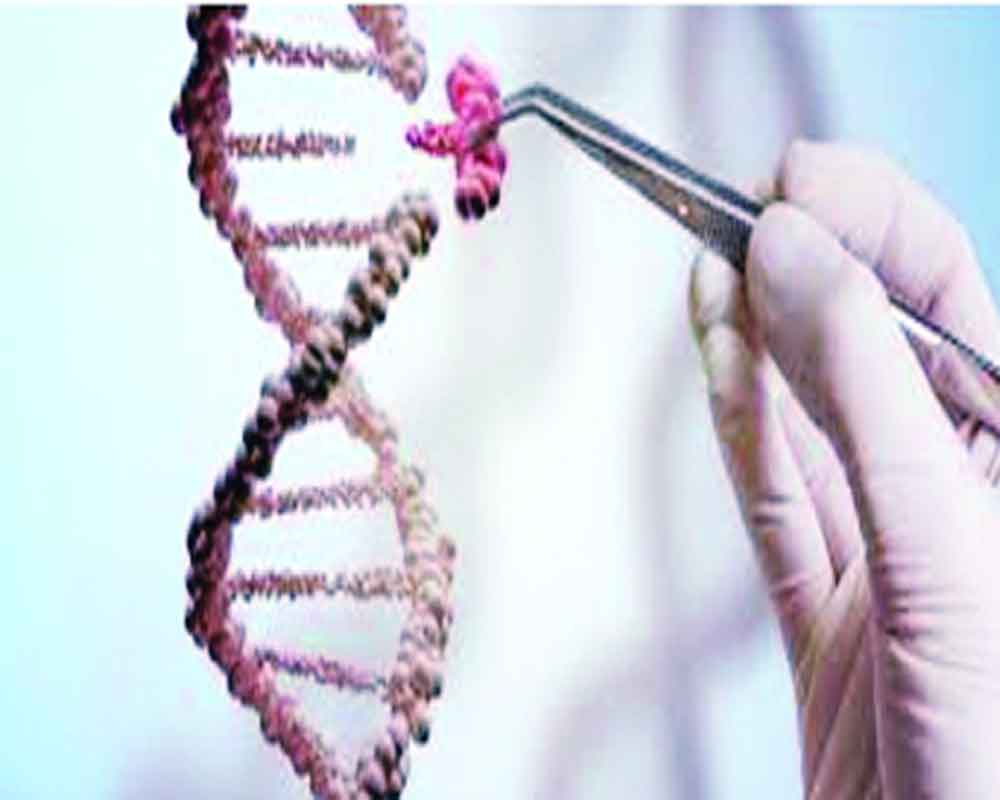Dr Sanchita Dubey is a Consultant, Obstetrics & Gynecology at Motherhood Hospital, Noida
A congenital disorder (CD), also known as a birth defect, congenital defect, is a health issue that occurs with the health of the baby while it is still in the womb. In India, congenital malformations and genetic disorders are the third most common cause of mortality in newborns in urban areas. As medical science is developing at a fast pace, treatments and follow-up care for defects have improved drastically over the past few decades.
The severity of the disorders varies depending on its nature. For example, in some cases, the condition may not manifest until much later in life, if ever, and at other times, the disorder is incompatible with life.
Many congenital conditions are genetic in nature. The risk of genetic problems gets higher in families with a history of the disorder, and it is also elevated in older parents, as they are more likely to pass down imperfectly duplicated chromosomes.
Types of congenital disorders:
Birth defects can be broken down into three different categories:
Chromosomal Birth Defects (CBD): Babies who have a problem with one or more of their chromosomes. Chromosomes contain genes, and genes help tell your body how to grow and work. When there is something wrong with your genes it can result in Down’s syndrome.
Biochemical Birth Defects (BBD): A form of defect that occurs when there is a problem with the baby’s body chemistry. BBDs prevent the body from properly breaking down food to create energy.
Anatomical Birth Defects (ABD): When a baby is born with a body part missing or malformed, it’s called Anatomical Birth Defect. The common types of ABDs are heart defects, cleft palate, clubfoot and congenital dislocated hip.
Causes
Congenital disorders are caused by genetic factors:
Chromosomal defects: Caused by too few or too many chromosomes, or problems in the structure of the chromosomes single gene defects — a mutation in one gene causes the defect.
Dominant inheritance: When one parent (who may or may not have the disease) passes along a single faulty gene.
Recessive inheritance: When both parents, who do not have the disease, pass along the gene for the disease to the child.
Treatment:
Gene therapy: In this therapy, the defective or missing gene is replaced. Gene therapy is generally used to help treat a rare group of diseases known as severe combined immunodeficiency disease.
Surgery: Is used to help repair anatomical congenital disorders such as severe heart defects.
Enzyme replacement therapy: When a gene is mutated and is unable to produce the gene product, an enzyme is missing or defective. One of the ways to treat this is to replace the enzyme that the gene is incapable of producing.
Prevention:
A woman can make many alterations in her lifestyle for lowering down the chances of having a child with a birth defect. Some of them include:
- Quit smoking.
- Eat a healthy diet.
- Maintain a healthy weight.
- Keep folic acid in check.
- Avoid exposure to alcohol and drugs during pregnancy.
- Stay away from foods having chemicals and pesiticides.
- Take daily vitamins.


























